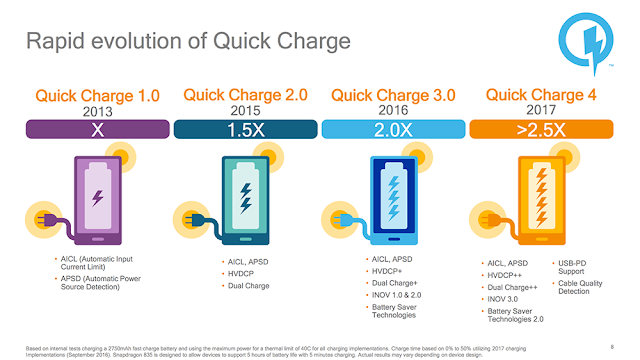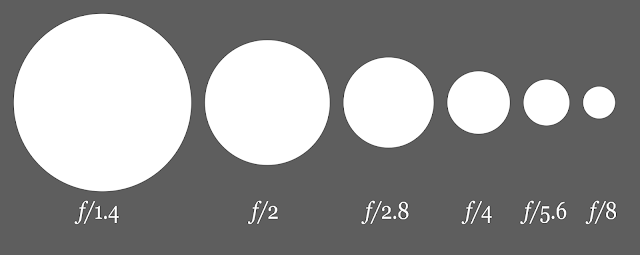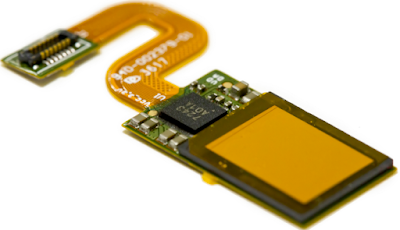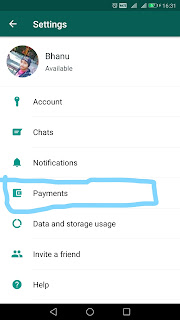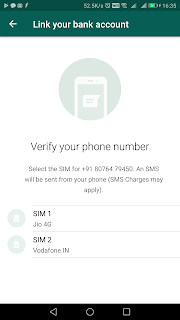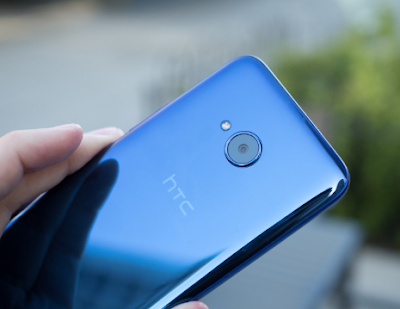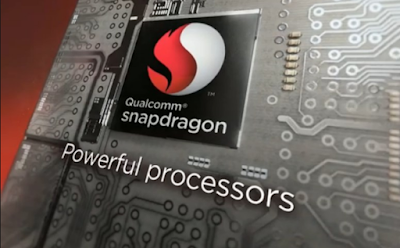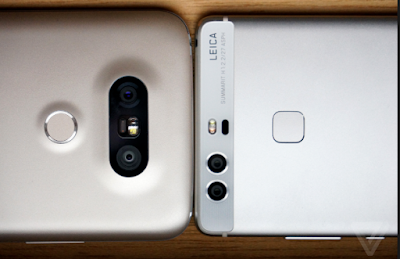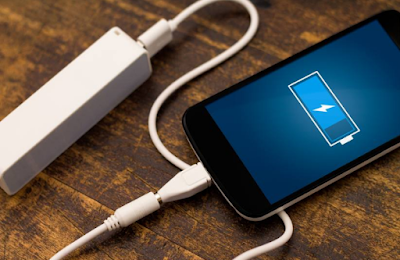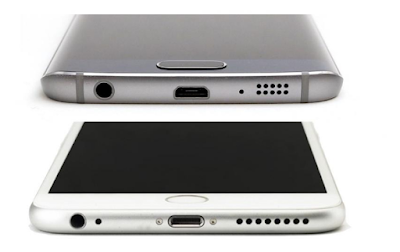Smartphones are getting slimmer with the time and it is not easy to place the larger battery inside these phones. So, the manufacturers stopped thinking about placing the big battery and worked on its alternative which is charging speed, so that the smartphone stay topped up the whole day.
Today, a lot of smartphones comes with fast charging and all of them indicates a different name for it. Majority of the devices use Qualcomm's Quick Charge standards for fast charging but there are some other players who have implemented their own fast charging technology such as Oppo's VOOC charging commonly called as dash charge in Oneplus devices and Huawei's SuperCharge.
In this post, I will be talking about the working of fast charging and implementation of different fast charging techniques, breath in and let's jump right into it.
How Fast Charging Works?
In general, smartphone batteries charges with the current passing through them. Batteries charge faster with a greater value of current and voltages but there is a limit to what they can take up. Here the charge control ICs plays an important role in preventing dangerous spikes in current which may affect the battery.
Power (Watt) = Current (Amp) * Voltage (Volt)
Fast charging directly depends upon the power (Product of current and voltage). So, some manufacturers achieve fast charging by high voltages - low current and some get it by implementing low voltages - high current.
Qualcomm Quick Charge
Quick Charge achieves the fast charging by increasing the voltages and which increases the overall wattage or power.
There is a series of Quick Charge Standards available in the market but the Quick Charge 3.0 is most widely used in the smartphones.
Quick Charge 1.0 operates at 5V/2A with a maximum power of 10 Watt which can charge your phone slightly faster than normal charging.
Quick Charge 2.0 operates at 5V/9V/12V / 1.67A/2A with a maximum power of 18 Watt which can charge your device faster.
Quick Charge 3.0 and Quick Charge 4+. In Quick Charge 3.0, voltage range is 3.6V minimum and 20V maximum and INOV (Intelligent Negotiation for Optimum Voltage) decides the increment and decrement according to the battery status.
For example, if your device is at 10-15% then power delivered to the battery will be high and if the battery is at 80 to 90 percent charged then the supplied voltage and current will be lowered to compensate the thermal temperature of the battery.
Charging Speed
The Quick charge 4+ is claims to provide 5 hours of battery life in just 5 minutes of charging. It can charge up to 50% in just 15 minutes. While Quick charge 3.0 can charge up to 55% in 30 minutes considering battery size to 3350 mAh (reference device Xiaomi mi6).
Oneplus Dash Charge
Dash charge is another name for VOOC (Voltage Open Loop Multi-step Constant-Current Charging) fast charging standard patent by Oppo which is the parent company of Oneplus.
Unlike the Qualcomm Quick charge, Oneplus increases the current magnitude to achieve fast charging. It operates at 5V and 4Amp which provides a maximum power of 20 Watt. The electric current is more evenly distributed at higher levels with the use of high current value. A dedicated chip or microcontroller controls the voltage and current to be supplied to the phone which is placed in wall charger itself.
Dash charge works only when the supplied wall charger is used to charge the Oneplus devices and will not work with any other fast charger. The wall charger itself controls the flow of the current through the charging cable to the battery by continuously monitoring the charge level of the battery.
Charging Speed
Oneplus' Dash Charge claims to charge up to 65 % in just 30 minutes (reference device is Oneplus 5T having 3300 mAh battery). It can charge the device from 2% to 100% in 1 hour and 14 minutes which looks awesome when compared to normal charging (5V/1Amp).
Huawei SuperCharge
SuperCharge is the proprietary charging standard of Chinese smartphone maker Huawei. The SuperCharge compatible wall and car charger support three charging modes which are as follows:
- 5V at 2Amp
- 4.5V at 5Amp
- 5V at 4.5Amp
It provides a maximum power of 22.5 Watt which is greater than Dash Charge and Quick Charge 3.0.
These three modes are switched in-between automatically by monitoring the battery status and phone's temperature. The wall charger's built-in chip is used to regulate the voltage and current which eliminates the heating that may occur if the voltage regulation is done within the phone.
Every SuperCharge compatible device can take advantage of Quick Charge charger because of the presence of Super Smart Protocol which intelligently switches between the modes according to the cable and charger connected to the device.
It utilizes the 8 layer cooling system and special lining to keep the smartphone up to 5 degrees cooler than other fast charging standards.
Charging Speed
Huawei doesn't mention about the charging estimation for SuperCharge but some reviewer has done the charging test which shows that it can charge from 2% to 100% in 1 hour and 18 minutes considering the battery size of 3750 mAh (Reference device Huawei Honor View 10). It is faster than any proprietary fast charging standard considering the battery size.
Author's Recommendations :
